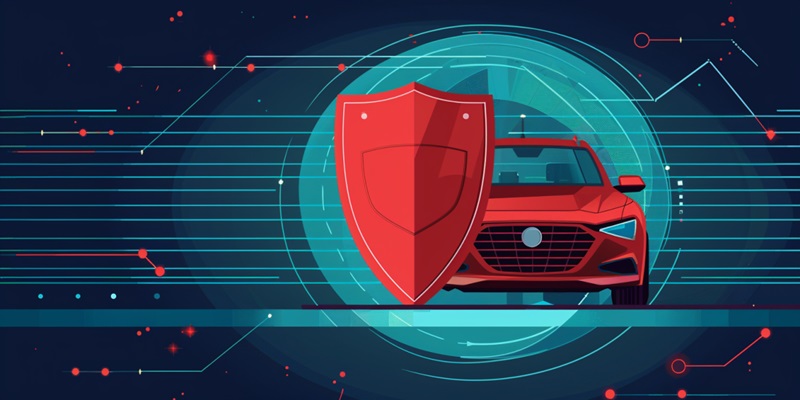The rapid advancement in automotive technology has transformed how cars operate and communicate, embedding them with comprehensive sensor networks, data processing, and cloud services. However, this progress also exposes vehicles to greater cybersecurity risks. To combat such threats, the introduction of Cyber for Auto by HSB marks a significant step forward. This insurance initiative is specifically designed to address the rising cybersecurity challenges faced by modern vehicles. It not only reflects the increasingly connected nature of today’s automobiles but also provides peace of mind for car owners globally, ensuring that they are protected against potential digital intrusions. Cyber for Auto by HSB thus becomes an essential safeguard in an era where car security is not just about physical locks, but also about shielding the digital integrity of our vehicles.
The Genesis of Cyber for Auto
HSB’s introduction of Cyber for Auto is a solution crafted against a backdrop where modern vehicles, brimming with technological advancements, also display heightened exposure to cyber threats such as malware, ransomware, and direct hacking attempts. Addressing potential intrusions and data breaches, this insurance product is tailored to shield the troves of personal information that accumulate in cars, offering a sense of security for digitally conscientious consumers. Furthermore, when personal smartphones – repositories of vast personal data – are synced with vehicles, Cyber for Auto provides a safeguard for that information too, highlighting the product’s coverage versatility.
Cyber for Auto: A Multifaceted Coverage
Cyber for Auto from HSB transcends conventional vehicle protection, providing a crucial layer of security for both car computers and the owner’s digital identity. In today’s world, where digital and vehicular security are closely linked, the insurance’s inclusion of identity recovery is a testament to its thoughtful and expansive approach. HSB’s policy extends beyond the physical car, recognizing the importance of safeguarding the driver’s personal information in an interconnected digital landscape. With this insurance, car owners receive not only defense against direct cyberattacks on their vehicles but also coverage for their broader digital presence. This comprehensive strategy is designed to foster a safer, more secure driving and ownership experience in the face of a complex array of cyber threats.
Steering the Course: Leadership and Vision
James Hajjar, the visionary chief product and risk officer for the Treaty Division of HSB, elucidates the critical alignment of Cyber for Auto with technological progression and the ensuing cyber threats. His leadership embodies the proactive ethos required to anticipate and mitigate the cyber vulnerabilities introduced with each new technological iteration in automotive design. Through such foresight, Cyber for Auto is not just reactive protection; it is a preventive approach, evolving alongside vehicular enhancements to continually secure the digital forte of personal transportation.
The Broader Perspective in Insurance Innovation
The rise of Cyber for Auto exemplifies a key transformation in insurance, as it aligns risk assessment with the relentless digitization of consumer experience. This InsurTech innovation is at the forefront, weaving together tech evolution and robust cybersecurity for the automotive industry. As vehicles grow smarter, Cyber for Auto emerges as a crucial response to the growing cyber threats they face, offering a tailored insurance solution for the digital age. It signals an urgent need for insurance to evolve in step with the complexities of digital technologies. Insurance offerings like Cyber for Auto thus become harbingers of a safer driving future, while marking a significant stride in the trajectory of technological adaptability within the insurance market. It’s a prime example of how InsurTech is not just keeping pace but is also driving forward the development of next-gen vehicle protection.

